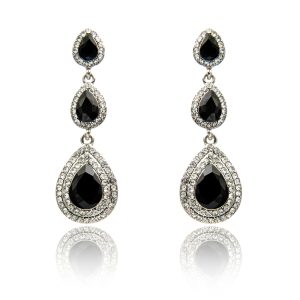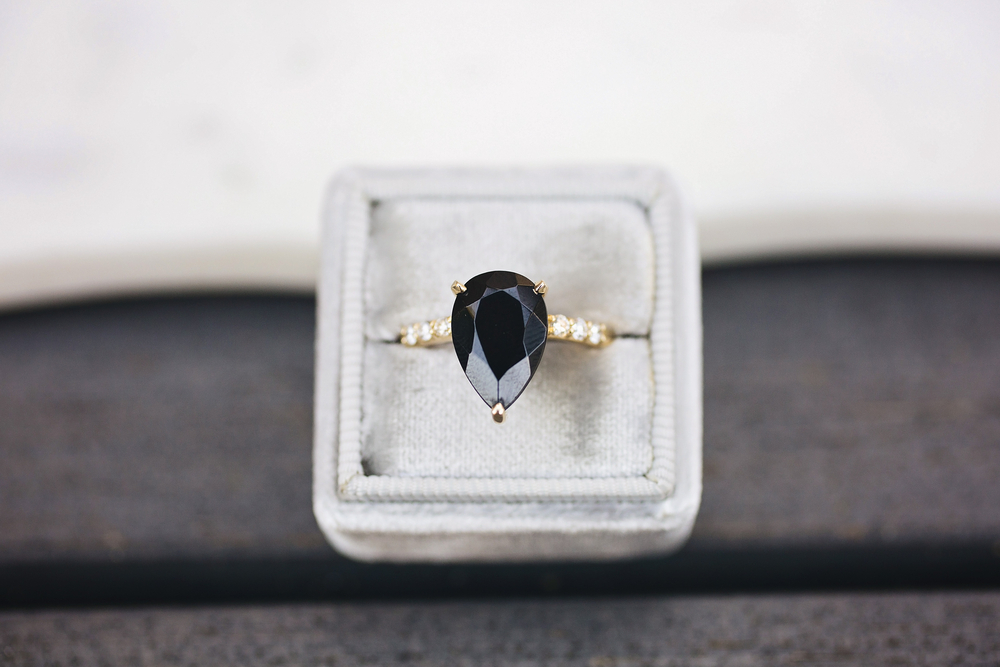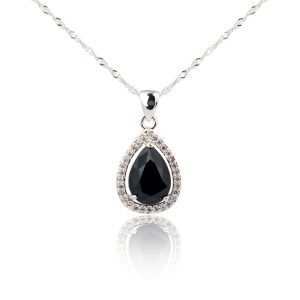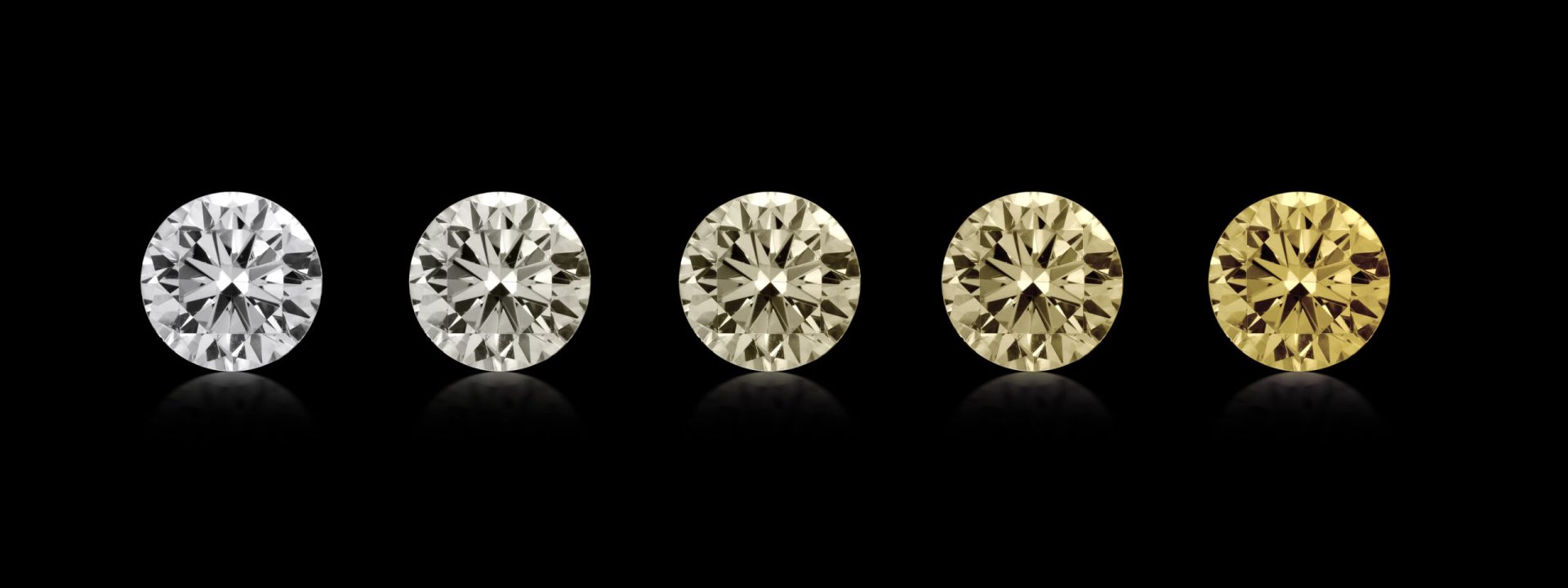Be spooked by the intensity of a black diamond this year and enchant your jewelry collection with a gemstone rarity. Similar to white diamonds, black diamonds are crystallized carbon and are evaluated by the 4Cs: color, carat, cut, and clarity. Along with the appearance of a glossy surface, a black diamond is higher in density than a white diamond. This means that stones of the same carat weight have different relative measurements.



The mesmerizing dark color occurs from exposure to extremely high temperatures or dominating dark inclusions. Although shiny on the surface, black diamonds absorb light rather than refract it. They don’t exhibit the multi-colored sparkle for which white diamonds are known. Industry standard treatments ensure a uniformity of color in most black diamonds. Natural, untreated black diamonds are extremely rare and carry a remarkably hefty price tag. Looking for a truly rare gift to give in the new year?
Consider wrapping up this unique gemstone that is quickly rising in popularity. With artful conceptions from designers such as John Hardy, Sydney Evan and treasured vintage jewelry, the beauty of a black diamond can be found in a variety of pieces currently for sale in our San Diego showroom. Stop by our Old Town location soon and see what timeless pieces we have in store!


